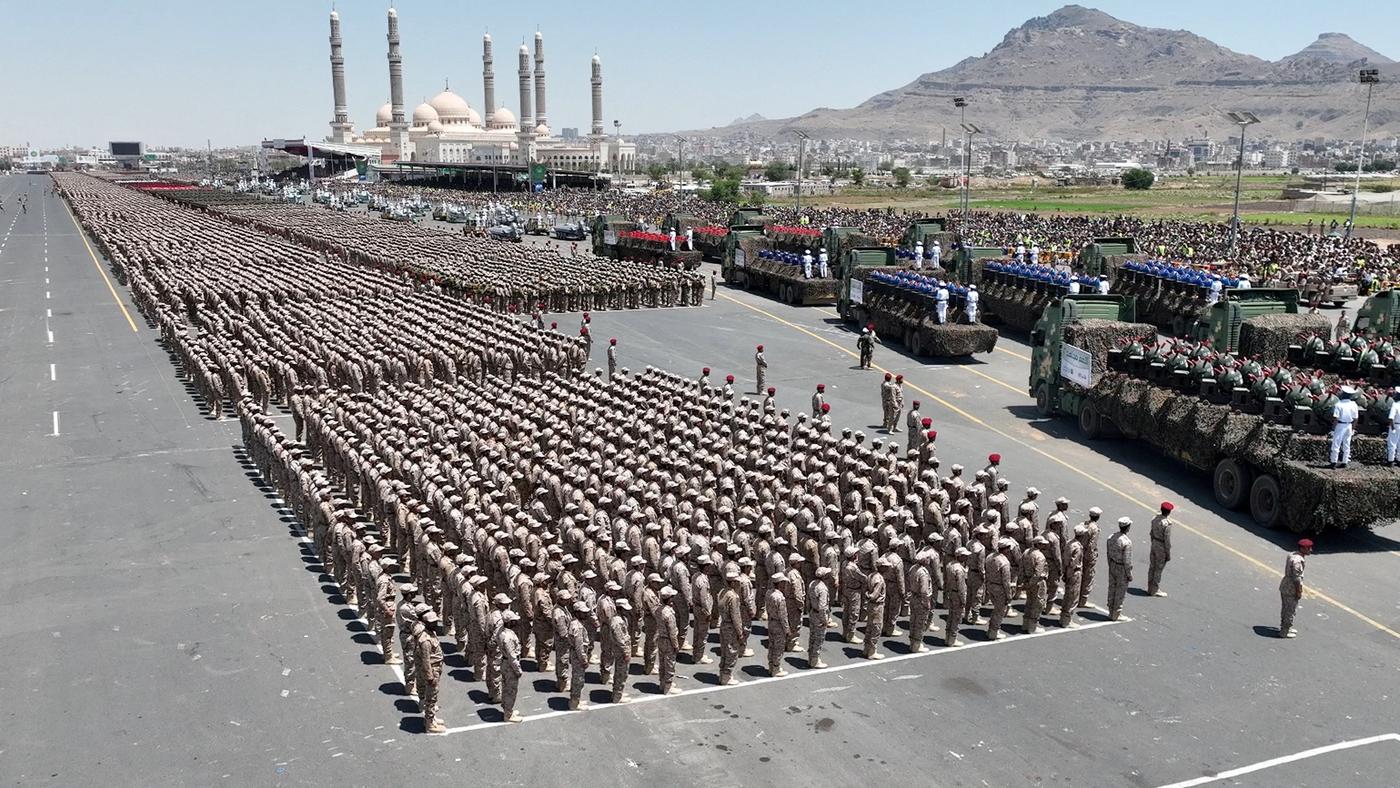HOUTHIS
Two Indians and a Pakistani were killed and six other people including two Indians were injured in an attack by suspected drones on three petroleum tankers at an oil facility in Abu Dhabi, United Arab Emirates (UAE) on Monday.
The attack was claimed by the Iran-backed Houthi rebels of Yemen. Indians were not the target of the attack. Brig Gen Yahya Sare’e, the Houthi military spokesman, tweeted that the “UAE is an unsafe state as long as its aggressive escalation against Yemen continues”.

2. Who are Houthis?
- "The Houthis, a prominent clan affiliated with the Zaidi Shia sect, have their origins in Yemen's northwestern Saada province. The Zaidis constitute approximately 35 percent of Yemen's population.
- For over a thousand years, the Zaidis held dominion over Yemen until their overthrow in 1962, leading to a protracted civil war that extended until 1970.
- During the 1980s, the Houthi clan began a resurgence of the Zaidi tradition in response to the rising influence of the Salafists, who received support from the state.
- In 2004, the Houthis initiated an insurgent movement against the Yemeni government, adopting the name of Hussein Badreddin al-Houthi, a prominent political, military, and religious leader who was assassinated by Yemeni security forces in September of that year. Subsequent years witnessed ongoing conflict between the Houthis and Yemen's Sunni-majority government.
- In 2012, Ali Abdullah Saleh, who had served as Yemen's president since 1990 and earlier as the president of pre-unified North Yemen from 1978, was compelled to resign in the wake of the Arab Spring protests. He was succeeded by his vice-president, Abd Rabbu Mansour Hadi.
- In 2015, Saleh allied himself with the Houthis against Hadi, resulting in the insurgency capturing Sana'a. President Hadi fled to Aden and later sought refuge in Saudi Arabia, where he continues to reside for the most part.
- However, in 2017, Saleh severed his ties with the Houthis and joined forces with their adversaries, including the Saudis, the UAE, and President Hadi. In December of that year, Saleh was assassinated."
- "In March of 2015, shortly after Hadi's removal from power, a coalition consisting of nine nations and led by Saudi Arabia, with logistical and intelligence support provided by the United States, initiated an aerial campaign against the Houthi forces.
- These airstrikes aimed to bolster Hadi's troops, who were attempting to retake control of Sana'a from the Houthi faction. Nonetheless, at the core of this intervention was the underlying power struggle in the region, pitting Saudi Arabia against Iran.
- Both Riyadh and Western nations believed that the Houthi group received military and financial backing from the Iranian regime.
- Saudi Arabia, due to its extensive 1,300-kilometer border with Yemen, initially asserted that the conflict would conclude within a few months.
- However, progress by the coalition has been limited, resulting in a prolonged stalemate, with the Houthi faction retaining control over Sana'a and a dire humanitarian crisis unfolding in Yemen.
- Since 2015, the nature of the conflict has constantly evolved, with various factions switching allegiances among the Saudi-supported Popular Resistance Committees, Iran-backed groups, and an array of Islamist militants, including those associated with al-Qaeda and the Islamic State."




